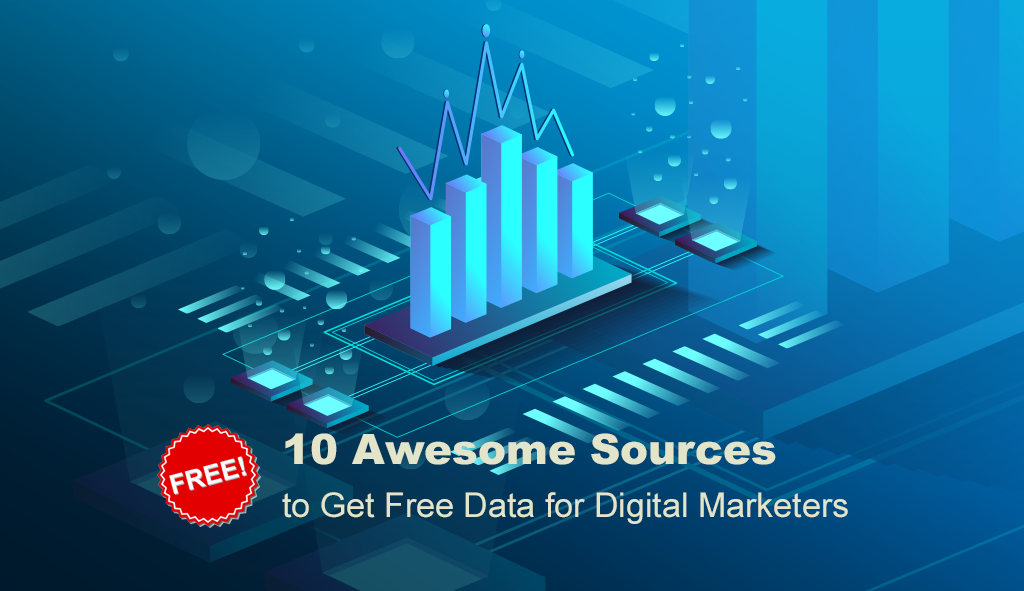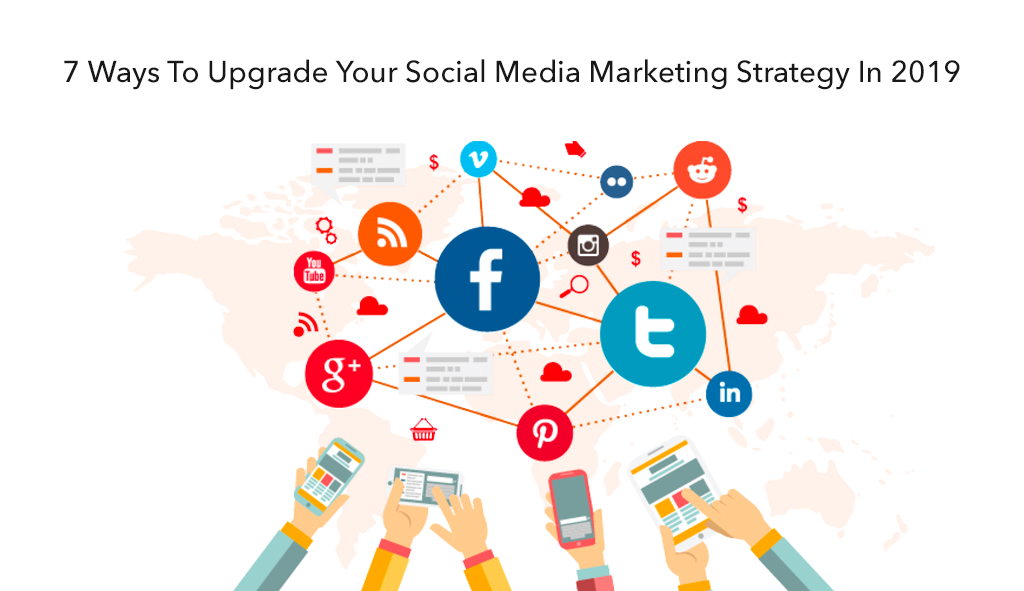According to Relatable’s 2019 State of Influencer Marketing Report, almost 80% brands say that they dedicated budget this year to influencer marketing. By 2020, an estimated $8 billion is expected to be spent on Instagram influencer marketing alone.
These show that growth in influencer marketing, but don’t tell if it’s being done well or not. Tracking campaign performance is the best way to measure the success of your influencer marketing program.
This is step-by-step analysis to track your influencer marketing campaign ROI.
Step 1: Set Campaign Goals To Track ROI Accurately
The first and most important step in any influencer marketing program is to set clear goals and objectives. Determining your goals lets you determine what kind of influencers to work with, types of content, distribution platforms etc.
Some common influencer marketing goals for marketers include:
- Increase brand awareness
- Reach new/target audiences
- Improve brand advocacy
- Increase sales
- Manage brand reputation
However, these are broad goals. To run a successful influencer program, dive deeper and set goals at a more granular level. This will make it easier to track your campaign ROI.
Step 2: Define Metrics to Measure Campaign Performance
With campaign goals set, you need to identify the metrics to measure them. The goals need to be well-defined and clear. These are:
- Be Specific: If your goal is to increase revenue, define by how much in money or percent growth.
- Set a Timeline: You could track the increase in traffic within two weeks of launch.
- Be Achievable: Your influencer program is bound to fall if your criterion for determining success is not clear.
You can’t dependent on single metric to understand whether you’ve achieved the goal. Consider your campaign goal is brand awareness. Your performance metrics can be varied and could include number of impressions, brand mentions, clicks, follower growth, increase in brand engagement, etc.
Step 3: Develop Goals and Performance Metrics for Individual Influencers
It’s important for you to understand which influencers are contributing and which are falling behind your expectations so that you can understand what works and cut resources spent on underperformers. Individual influencer goals must align with your campaign goals. For instance, let’s say your main campaign goal is to generate certain revenue within a certain time frame. An individual influencer goal would detail the minimum amount the person would generate within that time frame.
Individual influencer metrics include:
- Total impressions
- Number of clicks to landing page/website
- Average engagement rate
- Conversions to customers
- Amount of user generated content created
- Revenue
With this data, you can assess the performance or impact of each influencer and make informed decisions on how to use them (or not) going forward.
Step 4: Choose The Influencer Tracking Platform
Rather than tracking manually your campaign ROI, you should look for influencer marketing platforms for help. These platforms will make it easier for you to accurately track your campaign performance and the performance of your influencers. Some influencer marketing platforms are:
- NeoReach
- TapInfluence
- Grin
Step 5: Measure The Influencers
Most brands usually measure the performance of the overall campaign but that usually not enough. Pick an initial group of influencers to start the campaign. First, pick an initial group of influencers to begin the campaign. Track each influencer’s performance at the start. Document the engagement rates for each influencer’s post and compare them to the collective group of influencers.
You can do that by two ways Unique URLS, Unique Discount Codes.
Running a successful influencer program requires proper planning and execution. It also requires a detailed measurement strategy. Using this step-by-step guide, you can assess your influencer program with ease and improve the ROI from your influencer collaborations.
What are you waiting for?












